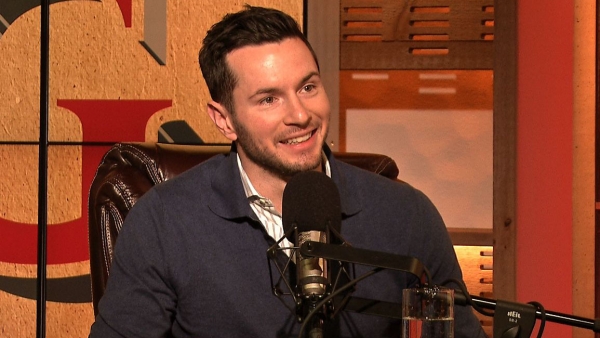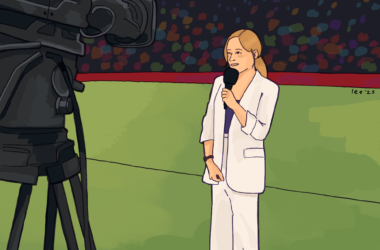“I Dont wanna be here,” tweeted then-Phoenix Suns point guard Eric Bledsoe on Oct. 22. When he pressed send, Bledsoe had used a little over seven per cent of Twitter’s now 280-character limit to captivate the entire basketball world.
Within a few hours, sports news sites picked up the tweet and framed articles around it. Was Bledsoe requesting a trade? After a mess of drama, it turned out he was. Two weeks later, he was shipped to the Milwaukee Bucks. On Nov. 7, Adrian Wojnarowski of ESPN confirmed the details of the Bledsoe trade, finally putting an end to the rumour mill that began spinning as a result of Bledsoe’s own tweet.
Once upon a time, all sports stories broke through exceptional reporting. Sportswriters worked hard to accumulate sources, fact-check, and get a story to print or publish online. But then came Facebook, Twitter, Instagram, and Snapchat, and the players themselves joined in, accepting the social media revolution with open arms. The wall between players and their fans broke down, allowing them to communicate with each other directly.
This has allowed players to break their own news. On Dec. 1, Ken Rosenthal of The Athletic reported that minor league baseball pitcher Christian Binford had signed with the Orioles. His source was an update to Binford’s Twitter biography.
Athletes have even started their own publication of sorts, in the form of Derek Jeter’s The Players’ Tribune. Boasting an extensive list of contributors from the sports world, the website has broken stories as big as last year’s Kevin Durant free agency decision, and regularly posts content from players in order “to connect directly with their fans, in their own words.”
For some, the written word isn’t enough, giving rise to podcasting. After a season of co-hosting their popular podcast “Road Trippin’,” Cleveland Cavaliers players Richard Jefferson and Channing Frye were separated in October. With Jefferson’s release, the podcast rebranded as “Road Trippin’: Richard vs. Channing,” allowing the athletes to continue ushering in guests like Kyrie Irving with his flat earth theories. Fans can get an inside look at players’ lives through other podcasts from Golden State Warrior Draymond Green and Philadelphia 76er J.J. Redick. Redick’s podcast rebooted on Nov. 29 on Bill Simmons’ The Ringer podcast network, and the first episode features his Internet-famous teammate Joel Embiid.
In the podcast, Embiid revealed some of the secrets behind his Internet fame and what lies behind his success with the fanbase. Although he’s just having fun, he is aware of his reputation as a bit of a troll on social media; he embraces trash talk through Twitter and Instagram, especially through creative use of locations. Thanks to social media, fans can enjoy a side of Embiid that would otherwise go unseen.
The way fans interact with sports is constantly evolving. Sports has turned into a two-screen experience with social media, and it looks as if ways to watch and interact with our favourite athletes will only get more dynamic. That’s the sports world we’re headed toward, and, as fans, we should be thrilled. The more fans get to learn about the magic behind athletes’ madness, the more they should know they ‘wanna be’ here—unlike Bledsoe in Phoenix.








